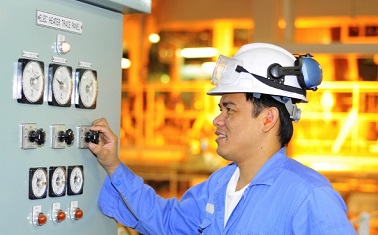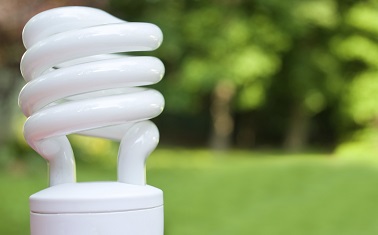 In June, U.S. Environmental Protection Agency (EPA) announced – for the first time ever – standards to limit carbon emissions from U.S. power plants, known as the Clean Power Plan (CPP). Currently power plants emit 40 percent of U.S. carbon emissions, but under the proposed Clean Power Plan, the U.S. power sector will cut carbon pollution by 30 percent below 2005 levels.
In June, U.S. Environmental Protection Agency (EPA) announced – for the first time ever – standards to limit carbon emissions from U.S. power plants, known as the Clean Power Plan (CPP). Currently power plants emit 40 percent of U.S. carbon emissions, but under the proposed Clean Power Plan, the U.S. power sector will cut carbon pollution by 30 percent below 2005 levels.
Since this announcement, the usual suspects have attacked the CPP, calling its proposed state-by-state reduction standards arbitrary. Their claims couldn’t be further from reality. When EPA asked states for feedback on how to best craft this standard, states asked for two things: individual standards and flexibility. And that’s what they got. Anyone familiar with the proposed standards will know they are based on a consistent and objective methodology that takes into account each state’s unique energy portfolio and emissions, as well as built with maximum flexibility in mind.
At first glance, the climate-change-denying crowd dismissed the standards as arbitrary, because the limits vary from state to state. For example, Washington needs to reduce its emissions rate by 72 percent by 2030, while Kentucky only needs to cut its emissions rate by 18 percent over the same period. Texas lies somewhere in the middle with a 39 percent reduction required. So what gives?
How did EPA get those numbers?
Let’s unpack the methods that went into EPA’s carbon pollution limits. EPA’s vision for the plan was to give the states complete ownership and flexibility in reducing overall carbon emissions. EPA decided on a simple greenhouse gas performance metric for each state:
Total power plant emissions in one year ÷ Total electricity generation in one year
= Emissions reduction rate
The states have complete control and flexibility over how to meet the emissions reduction rate.
To figure out each state’s potential to reduce emissions, EPA analyzed the practical and affordable strategies that states and utilities are already using to reduce greenhouse gas emissions from the power sector, such as energy efficiency, improving power plant operations, and using more renewable energy. By analyzing state-specific data, EPA calculated practical targets for each state. Their analysis formally considers four “building blocks” for cleaner power:
- Improving the efficiency of existing power plants,
- Increasing use of the most efficient natural gas plants,
- Using more renewable energy, and
- Expanding demand-side energy efficiency—the same low-hanging fruit for which experts have been advocating for years.
States are already on their way
If we look at each state’s proposed reductions individually, it’s clear that EPA’s limits will not crash the economy or tear down the power sector. In fact, in many states it will not be difficult to meet EPA’s limits ahead of schedule.
Washington, with its seemingly onerous 72 percent reduction mandate, had already ordered its largest coal plant to shut down by 2025. Closing that coal plant alone will reduce the state’s emissions by 70 percent, because much of Washington’s electricity comes from hydro power. And Kentucky leaders have already devised a strategy to meet the state’s 18 percent reduction goal.
In Texas – my home state – we’re well on our way to meeting the 39 percent reduction standard set by EPA by simply amplifying current trends, namely relying on more West Texas wind, widening the use of efficient natural gas electricity, and taking advantage of the state’s solar potential. Now Texas leaders should craft the best framework for the state – one that has the potential to bring in billions of dollars directly to our state economy, create more homegrown jobs, and lower Texans’ electricity bills. If state leaders make another “principled stance” against the EPA, like they did with the greenhouse gas permits, we can only expect for Texas to fall behind other states as they race toward the trillion dollar clean energy economy. Come January, EDF urges the Legislature to take the bull by the horns and show the nation how Texas will continue to be a leader in energy.
It’s clear that EPA’s limits were developed with a specific and pragmatic methodology. Variation in reduction goals from one state to another reflects variation in the circumstances of individual states, which EPA wisely took into account. Those who condemn the rules as arbitrary are ignoring the actual basis for the rule.
This post first appeared on our Texas Clean Air Matters blog.












 Old, dirty power plants will be retired
Old, dirty power plants will be retired What would you say if I told you that about three-quarters of what you spend on electricity every month is wasted? Considering that Americans spend about
What would you say if I told you that about three-quarters of what you spend on electricity every month is wasted? Considering that Americans spend about 
